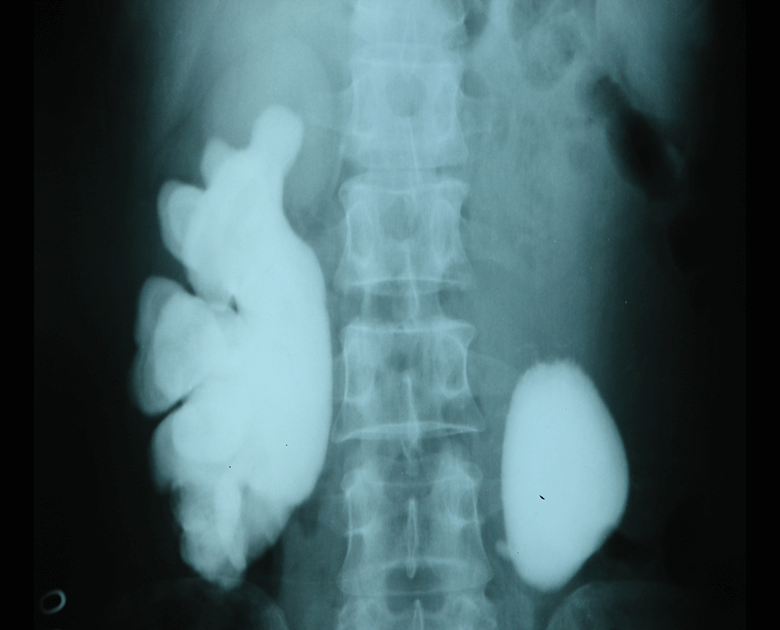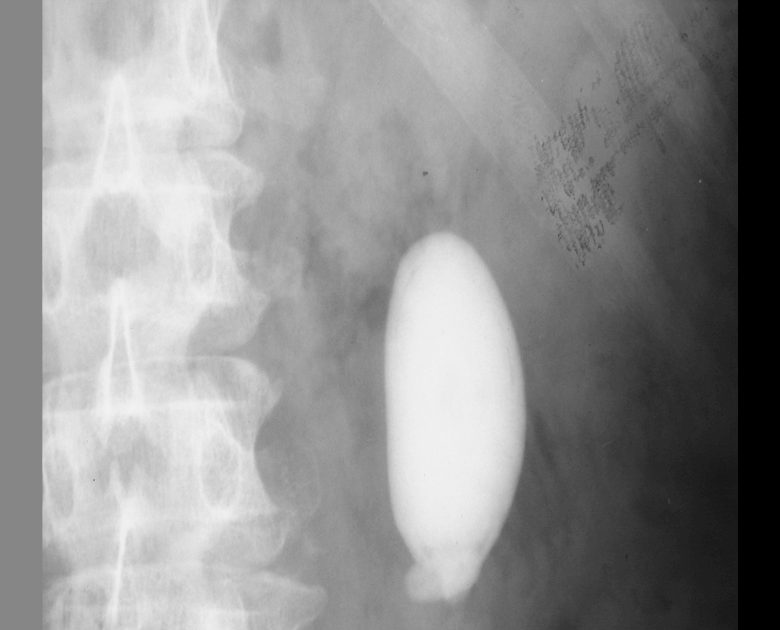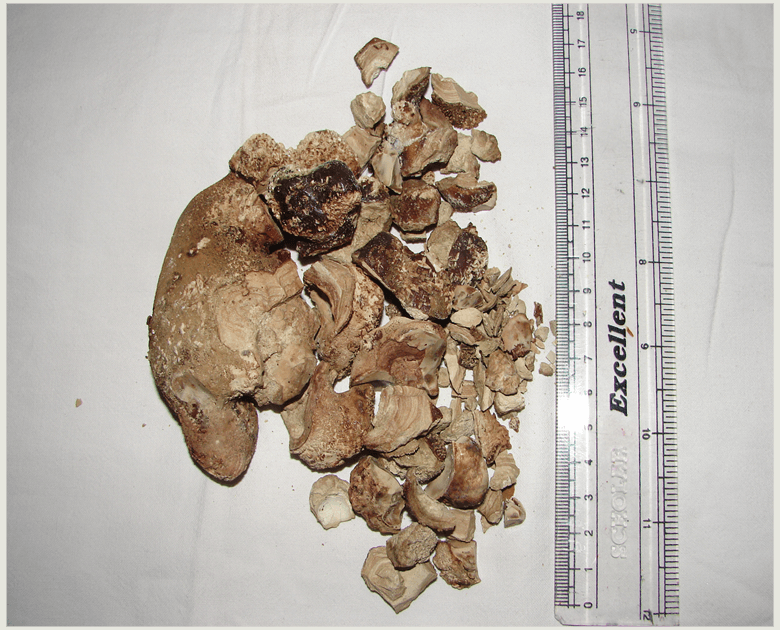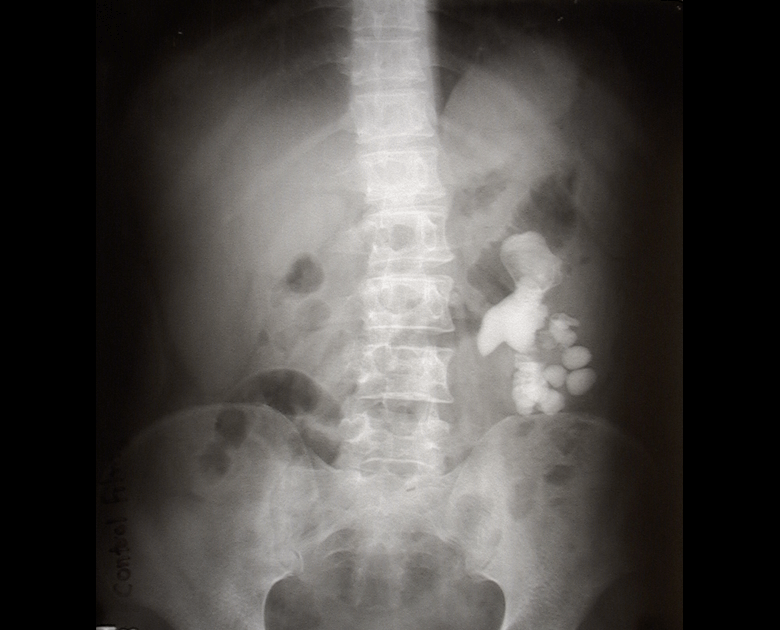Huge Renal Stone

Broken Staghorn Stone

Staghorn calculi, also sometimes called coral calculi, are renal calculi that obtain their characteristic shape by forming a cast of the renal pelvis and calyces, thus resembling the horns of a stag.
Brilateral ESWL

Extracorporeal shock wave lithotripsy (ESWL) is a non-invasive treatment of kidney stones (urinary calculosis) and biliary calculi (stones in the gallbladder or in the liver) using an acoustic pulse. It is also reported to be used for salivary stones.
Bilateral Staghorn

The image shows a large bilateral staghorn renal stones, single sitting bilateral with a total clearance.
Extracted Stone

Once the stones are located, they are targeted with a laser that breaks the stone into smaller pieces, which are then extracted, or into tiny pieces of dust that wash out of the kidney with normal urine flow. Often, a small tube, called a stent, will be placed temporarily to help the kidney drain after the operation.
Staghorn Strone

The image shows a Staghorn Stone cleared by PCNL.
Large Renal Stone

The image shows left large renal stone cleared by PCNL.


